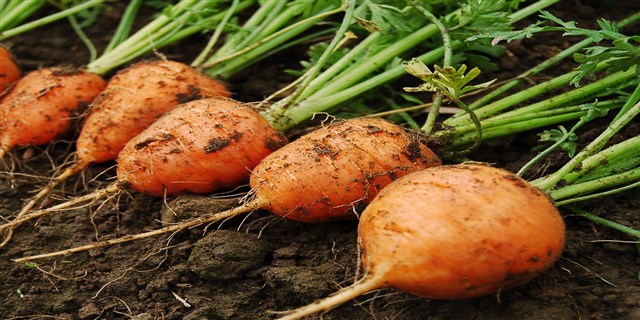Natural Pest Control in Garden
You can do the pest control in garden, yourself, moreover by natural methods. Using natural pest control methods, should be preferred in many aspects. Although pests and diseases can be controlled by currently available pesticides, some are often most easily kept at bay by cultivation or organic methods. You can use these as an alternative to, or in conjunction with, pesticides.
Natural Pest Control
Natural Pest Control of Slugs, Snails, And Earwigs
Slugs and snails can strip plants of their leaves, perennials, climbers, bulbs, vegetables, and fruits. They feed mostly at night and in wet weather, Earwigs are particularly fond of chrysanthemum, attacking seedlings, annuals, shrubs, herbaceous dahlia, and clematis leaves, and petals.
Pest Control in Garden: Slugs and Snails
• Making a barrier: Slugs and snails dislike crawling over rough surfaces.
• Use this to your advantage: Create a barrier around susceptible plants with coarsely crushed eggshells.
Earwigs
• Creating a hiding place: Make a shelter in which earwigs will collect by using rolled-up, corrugated cardboard. Tie a roll onto a stake near earwig-prone plants. Crush the earwigs.
Pest Control in Garden: Methods of Control
Pest Control in Garden: Flea Beetles
Although small, these black, metallic blue, hundreds of small holes in plant leaves. Young or striped jumping beetles are capable of plants are particularly prone to attack and are causing a lot of damage, since they can make likely to be seriously damaged or killed.
Pest Control in Garden: Methods of Control
Trapping Flea Beetles
Coat the surface of a piece of board measuring about 6 x 3 in (15 x 7.5 cm) with heavy grease or non-setting glue. Take care not to disturb the foliage of infected plants.
Pest Control in Garden: On Infected Plants
Run the sticky side of the board over the plants, about 1-2 in (2.5-5 cm) above them. Many of die flea beetles will jump or fly up and stick to the grease or glue.
Cabbage Root Flies and Codling Moths
These pests are not related to one another, but the damage that both causes can be limited by anticipating and interrupting their reproductive cycles, and by setting traps. Cabbage root flies devastate brassica crops, while codling moths lay their eggs on apples.
Pest Control in Garden: Cabbage Root Flies
Surrounding stems: To prevent female cabbage root flies from laying eggs close to host plants, cut out circles of carpet padding, felt, or cardboard. Make slits in the circles, and place the circles around the base of young brassica plants.
Codling Moths
Wrapping a trunk: Scrape off loose bark on an apple- tree trunk in midsummer, and wrap a small area of each trunk in burlap. As the moth caterpillars crawl up the trunk to pupate, they will hide in the burlap; remove and discard it.
Methods of Control
Carrot Rust Flies and Pollen Beetles
Carrot rust flies can kill young carrots and other susceptible crops, including parsley, celery, and parsnips. Although pollen beetles do not cause much direct damage, they are present in large numbers on flowers and can be very irritating when cut flowers are brought indoors.
Carrot Rust Flies
Resistant plants Select relatively resistant carrot cultivars to grow. Contact a local vegetable expert for specific cultivars.
Obstructing flies
Protect young carrot plants by making a plastic barrier 24 in (60 cm) high. The carrot rust fly is a low-flying pest and will not be able to reach the crop.
Pest Control in Garden: Methods of Control
Pest Control in Garden: A Good Idea
Removing pollen beetles: Shake any cut flowers infested with pollen beetles, and leave them overnight in a dark shed or garage with a single light source. Most of the beetles will fly toward the light, leaving the flowers beetle-free.
Tip: Here, we’ve got some solutions about “Pest Control in Garden“, “DIY Pest Control”, and “Natural Pest Control“. For more information, please click on the “tags” below.






